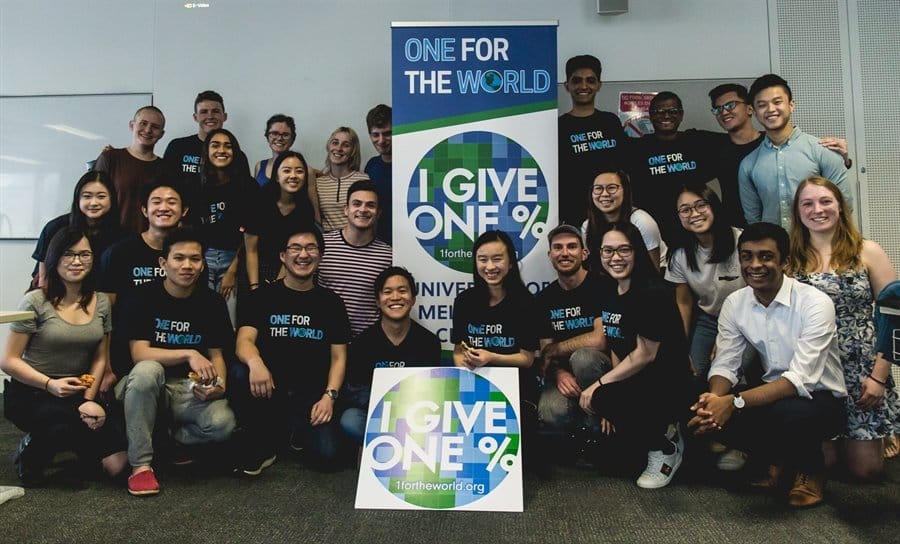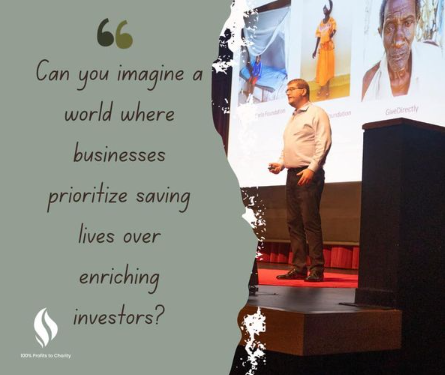Since 2014, something extraordinary has been happening amongst some of the world’s leading universities. It’s called One For The World (OFTW) and it’s a movement out to change the world for the better. OFTW, a partner of The Life You Can Save, encourages students to pledge to give at least 1% of their post-college income to effective nonprofits, with the goal of increasing that percentage as they progress in their careers.
As a student-led organisation, OFTW disseminates the principles of Effective Altruism, and encourages students to join a global movement of world-changers who pledge at least 1% of their incomes to highly effective charities targeting global poverty. In just four years, OFTW has mobilised thousands of students around the world and has raised over $300,000 for its partner charities. This year, OFTW reached Australia, launching its 15th chapter at The University of Melbourne. Thanks to TLYCS, OFTW Unimelb also donated its first dollars by hosting a Giving Game, where 25 students were educated about effective giving principles. This article will go through how it all went down.
The Objective
This Giving Game was designed to introduce One For The World to The University of Melbourne and get buy-in from early adopters in the cohort. The fun and interactive nature of the GG was a great way for us to do this, and it worked just as we hoped it would. After the event, almost all of the attendees made the OFTW one-percent pledge and some even joined the committee!
Marketing and Hype
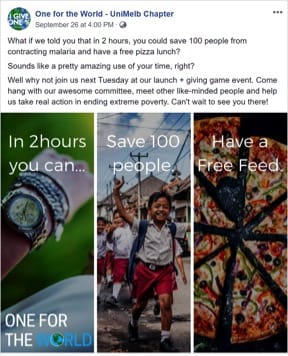
The marketing campaign was sharp. A small team of dedicated students led by OFTW UnivMelb Marketing Director Sanjayan Subramaniam put together a series of Facebook posts which were rolled out gradually in lead-up to the event. As the event got closer, posts became more frequent and focused in on the themes of community engagement, effective giving and good feels. OFTW is a movement about making the world a better place – something we know everyone wants to do – and we wanted our marketing campaign to reflect that inclusivity.
Event Management
When event planning started, a ‘content team’ was put together to figure out how the event would run. This included the tasks of deciding which charities to include, how many people to invite and what to do during each segment of the event.
Jon Behar, Chief Operating Officer of TLYCS and creator of the GG concept, was of particular help here. Over an hour-long Skype call, Jon spoke to the committee members of OFTW UniMelb and shared tips on how to run an effective Giving Game and be good discussion facilitators.
One point stood out: “You want to strike a balance between detail and theory; that sweet spot in the middle is where psychological impact happens,” Jon said. In the Effective Altruism movement, it’s sometimes considered difficult to share the message in a way that resonates with broader audiences. Jon’s insight on this topic was helpful, and combining it with some thorough preparation definitely helped OFTW Unimelb to deliver a more compelling message on the day of the event.
The Event Itself
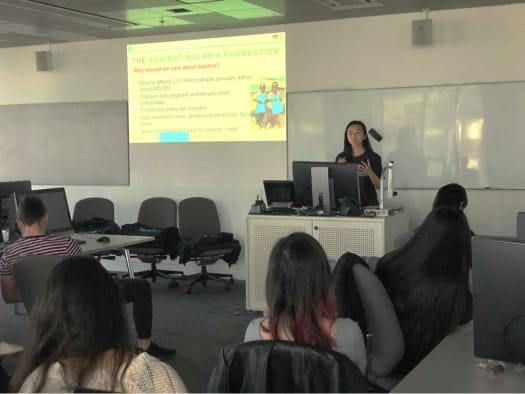
Neala Guo making the case for AMF
The Giving Game was a lot of fun. It was scheduled to last for just over an hour, with a half hour pizza social session afterward. It began with an introductory speech from the UniMelb chapter founder and co-president, Stefano Gunawan, who talked through the notion of philanthropy and why giving effectively is so important. After setting the stage, Stefano passed on to the charity presenters, Timothy, Tiger and Neala, who were tasked with ‘selling’ their respective charities: The Fred Hollows Foundation, PlayPumps International, and The Against Malaria Foundation, just as fundraisers in local neighbourhoods usually do.
Note on Playpumps International: Playpumps International, an infamously ineffective but well-intentioned charity, was included for the purpose of highlighting the sizeable gap that can exist between ‘effective’ and ‘ineffective’ charities. (It was interesting to note how ambiguous this fact actually was after Tiger’s Playpump presentation, which was designed to be highly emotive – a typical fundraiser approach).
After great 3-minute presentations on each of the three charities, a preliminary vote was taken (which was then compared with the final vote after group discussions).
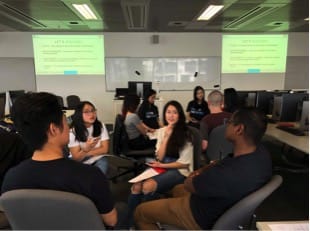
The group of 25 was then split up into 5 discussion groups, each led by a facilitator. The directive here was to break down each of the presented charity’s merits and come to a verdict of which charity was most worthy of the monetary contribution. In the discussions, basic Effective Giving questions were posed such as: ‘Scale: how big is the problem this charity is addressing?’, ‘Tractability: how likely is it that progress can be made in this area?’, ‘Neglectedness: how much attention is this cause area already getting?’, and ‘Impact: given thoe characteristics of the cause area, how much impact would my donation have?’.
(Note for future GG facilitators: it’s worthwhile doing some research on the charities and understanding the EA Framework for yourselves. Knowing at least some basic content will make it a lot easier to answer participants’ questions and keep discussion flowing).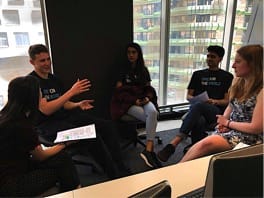
After a thorough discussion and lots of new insights, the group was brought together to have a reflection segment. Here we encouraged each group to stand up and share a bit about what they learnt. Some common themes were learnings such as:
-
A cause area might be one of great need, but that doesn’t make the charity effective (such as PlayPumps who targets the genuine problem of water deprivation albeit in a very ineffective way)
-
Considering a charity’s impact is far more important than considering its overhead costs (if a charity is saving thousands of lives, then maybe it doesn’t matter that 30% of its income goes to ‘overheads’)
-
Evaluating charities is actually hard and takes a lot of research (hence why it’s great that charity research organisations such as GiveWell, Innovations for Poverty Action and The Life You Can Save exist).
To close the event, a final vote was run (which saw $90 go to The Fred Hollows Foundation and $130 go to Against Malaria Foundation), and a concluding speech was delivered where OFTW’s core message was reiterated and participants were encouraged to join the movement. Incredibly, nearly everyone in attendance did join the movement (photos below), leaving OFTW with nearly 20 student pledges and a few new committee members after just its first event!
